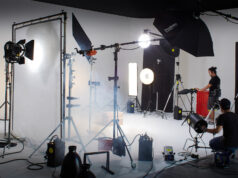
In recent years, the fusion of fashion and fine art has revolutionized the concept of clothing, transforming garments into canvases that express individuality and cultural narratives. This article delves into how this fusion, epitomized by “artistic clothing,” is reshaping both industries, blurring the lines between functional attire and aesthetic expression.
The Evolution of Artistic Clothing
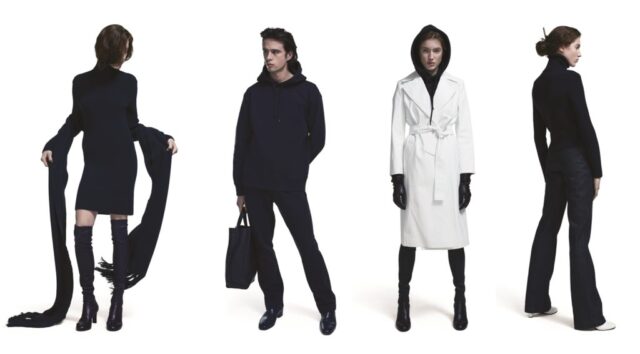
The journey of fashion evolving into an art form can be traced back to various historical periods where clothing signified more than mere utility. The Renaissance period, with its ornate costumes, and the lavishness of the Victorian era, are early examples of fashion transcending its basic purpose.
However, the modern concept of artistic clothing truly took shape in the late 20th century, when designers began to challenge the traditional boundaries of fashion. This shift saw clothing being conceptualized not just as garments but as pieces of art.
Pioneering this movement were designers who dared to treat fabrics like a painter’s canvas or a sculptor’s clay. They infused their creations with storytelling, cultural commentary, and avant-garde aesthetics, often drawing inspiration from renowned artworks or collaborating with contemporary artists.
This resulted in collections that were not only wearable but also conveyed deeper meanings and emotions, resonating with the ethos of fine art.
The Intersection of Fashion and Art
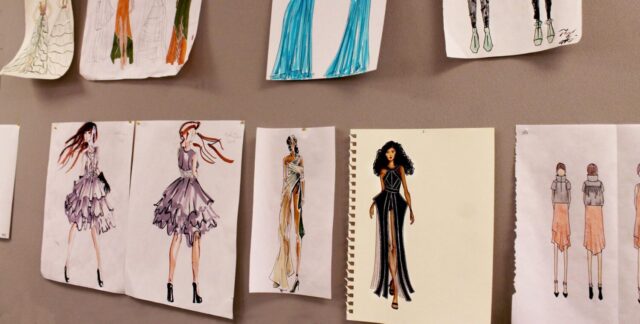
The intersection of fashion and fine art is most evident in the way designers and artists collaborate. These collaborations have given rise to runway shows that resemble art exhibitions and clothing lines that mirror art movements.
For instance, the influence of surrealism, abstract expressionism, and even pop art is palpable in various high-fashion collections. Such collaborations have not only elevated the aesthetic value of clothing but have also made high art more accessible.
In the realm of artistic clothing, the focus is on craftsmanship, uniqueness, and expression. Unlike mass-produced garments, these pieces are often handcrafted, involving intricate techniques and high-quality materials.
They are as much about the process of creation as they are about the final product, embodying the essence of fine art. This approach has led to a new appreciation for slow fashion, countering the fast-paced, consumer-driven fashion industry.
The impact of artistic clothing extends beyond the fashion world. It challenges the conventional understanding of art, pushing it out of galleries and museums into everyday life. This democratization of art through fashion has made it more inclusive, allowing people to engage with and appreciate art in a more personal and intimate manner.
The Cultural Impact of Artistic Clothing
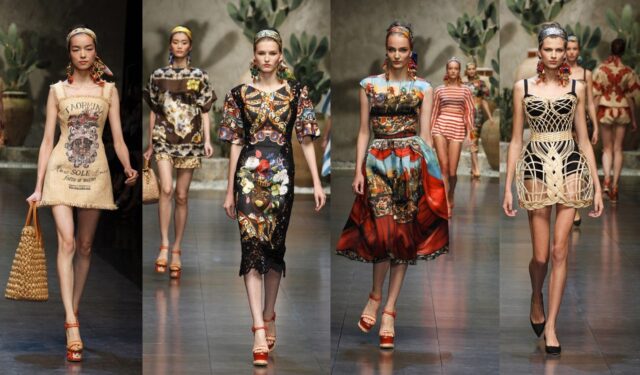
Artistic clothing goes beyond the mere amalgamation of fashion and art; it is a cultural phenomenon that resonates with societal movements and individual identities. This unique blend has enabled designers and artists to voice their perspectives on various social and political issues, making fashion a powerful medium for activism and social commentary.
For instance, collections that incorporate recycled materials or traditional handicrafts not only showcase artistic innovation but also highlight important messages about sustainability and cultural preservation. This dimension adds a profound depth to fashion, elevating it from a consumer product to a catalyst for change.The influence of artistic clothing is also evident in the way it redefines beauty standards.
By moving away from conventional aesthetics and embracing diverse forms of beauty, it challenges and expands the notion of what is considered fashionable. This inclusivity is particularly significant in an industry often criticized for its narrow beauty ideals.
Artistic clothing embraces a wide range of body types, ethnicities, and genders, fostering a more accepting and diverse fashion landscape. This shift is not just about representation; it’s about celebrating individuality and breaking down the barriers that have long dictated fashion norms.
Furthermore, the rise of artistic clothing has led to a resurgence of interest in traditional and indigenous art forms. Designers incorporating elements from various cultures into their collections have brought these art forms to the global stage, offering a platform for cultural exchange and appreciation.
However, this trend also necessitates a sensitive and respectful approach to cultural representation, avoiding cultural appropriation and ensuring that cultural elements are used in a way that honors their origins. This aspect of artistic clothing requires a delicate balance between inspiration and respect, between celebrating cultural heritage and preserving its authenticity.
Future Trends and Innovations in Artistic Clothing
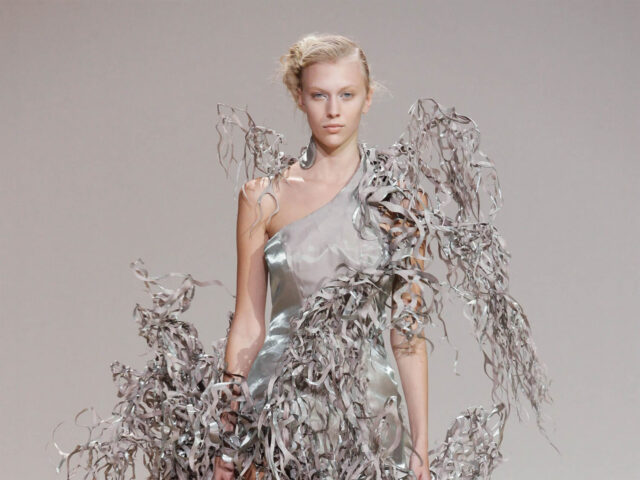
Looking forward, the realm of artistic clothing is ripe for technological innovation and creative exploration. The integration of technology in fashion design, such as the use of digital fabrication techniques, smart textiles, and interactive garments, opens up new possibilities for artistic expression.
These advancements are not just about aesthetics; they can add functionality, interactivity, and personalization to clothing, further blurring the lines between art and utility.
For instance, imagine garments that change color or pattern in response to environmental stimuli or the wearer’s emotions, creating a dynamic form of self-expression that goes beyond static designs.
The incorporation of wearable technology can transform clothing into interactive canvases, allowing wearers to display digital artworks or messages, merging the physical and digital realms of artistic expression.
In addition to technological innovation, the future of artistic clothing also lies in sustainable practices. As the fashion industry faces growing criticism for its environmental impact, artistic clothing can lead the way in promoting sustainable and ethical fashion.
This involves not only using eco-friendly materials and production methods but also fostering a shift in consumer behavior towards more conscious consumption.
Artistic clothing, with its emphasis on quality, craftsmanship, and timeless design, stands in stark contrast to the disposable nature of fast fashion, advocating for a more thoughtful and responsible approach to fashion.
In conclusion, artistic clothing is not just a trend but a movement that reflects the evolving relationship between fashion, art, and society. It challenges traditional boundaries and opens up new horizons for creative expression, cultural dialogue, and social impact.
As this movement continues to grow, it will undoubtedly shape the future of both the fashion industry and the art world, creating a more interconnected and expressive cultural landscape.
The merging of fashion and fine art, especially through the concept of artistic clothing, represents a cultural shift. It blurs the lines between functionality and aesthetics, between everyday wear and artistic expression.
As this trend continues to evolve, it holds the promise of enriching both the fashion industry and the art world, creating a more vibrant and inclusive space for creative expression. In doing so, it redefines not just what we wear, but also how we perceive the world around us and our place within it.
Through artistic clothing, fashion becomes more than just a statement – it becomes a form of art in its own right, accessible and relatable to all.
Are you interested in artistic clothing? Check out the beautiful velvet apparel at https://www.awakenart.clothing/.



